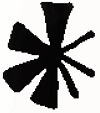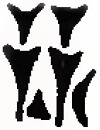 The Story of Mankind Part I
The Story of Mankind
The Story of Mankind Part I
The Story of Mankind

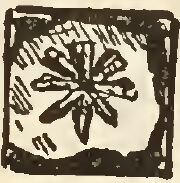
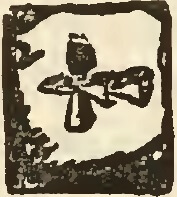
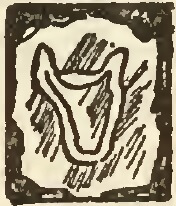
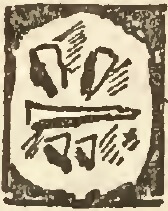
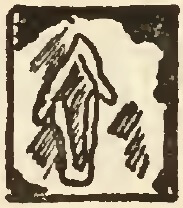
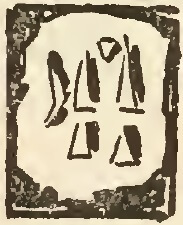
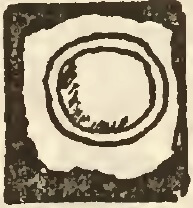
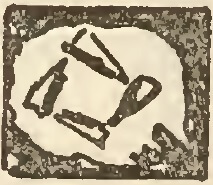
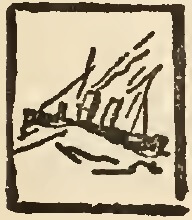
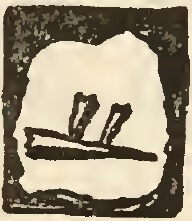
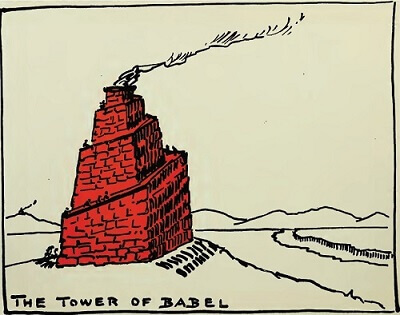
 The Story of Mankind Part I
The Story of Mankind
The Story of Mankind Part I
The Story of Mankind

Study the lesson for one week.
Over the week:
Activity 1: Narrate the Lesson
Activity 2: Examine a Real Cuneiform Inscription
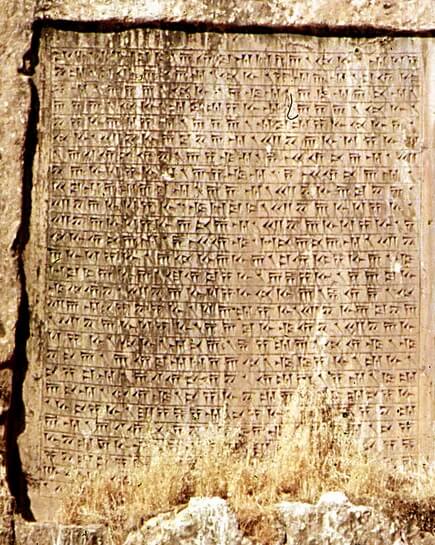
Activity 3: Complete Copywork, Narration, Dictation, and Art

Click the crayon above. Complete page 21 of 'World History Copywork, Narration, Dictation, and Art for Third Grade.'
Activity 4: Sketch Cuneiform Shapes from the Chapter

Click the crayon above. Read the below instructions and complete page 22 of 'World History Copywork, Narration, Dictation, and Art for Third Grade.'
Sketch each of the cuneiform shapes. Label each shape with its name.
